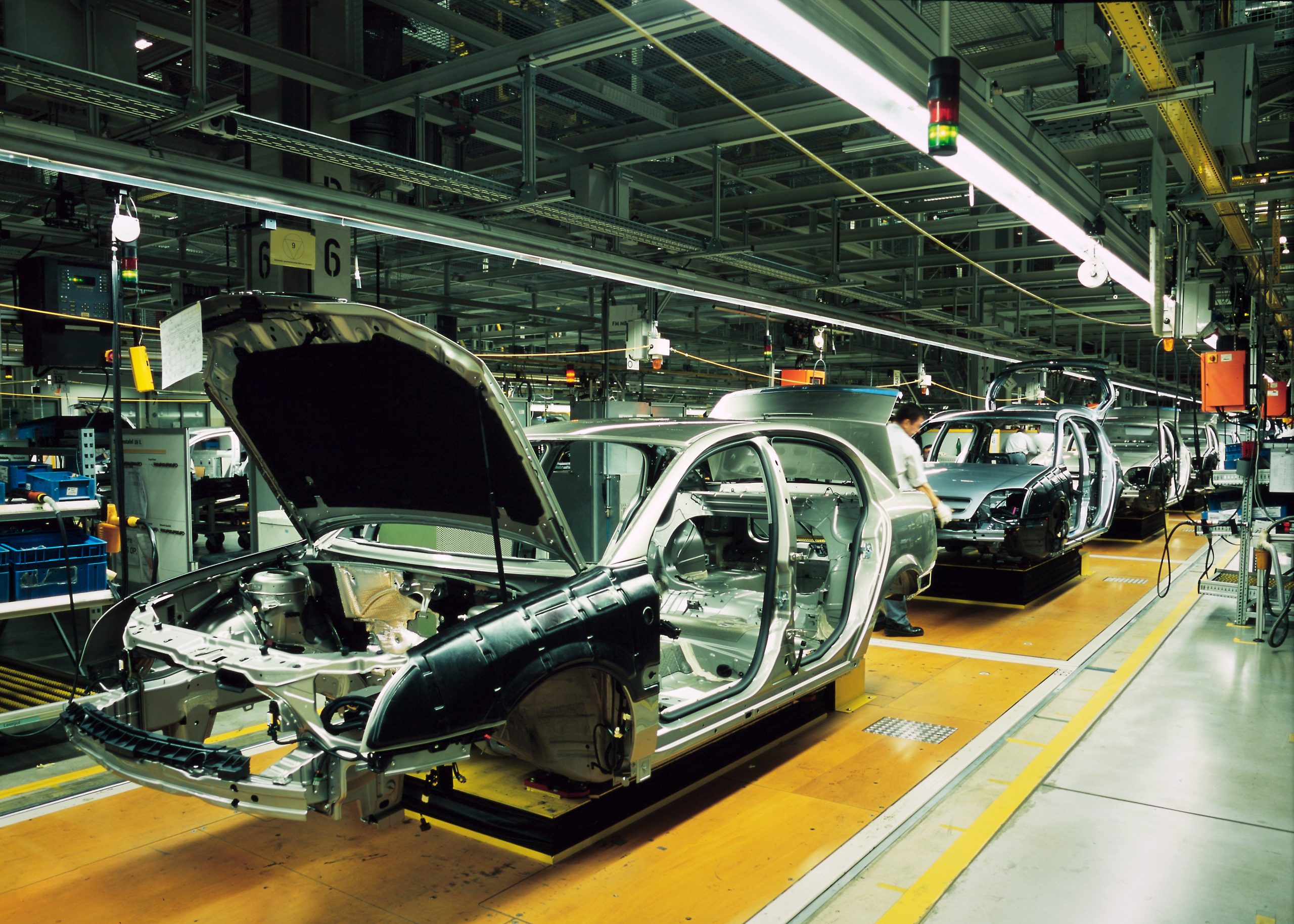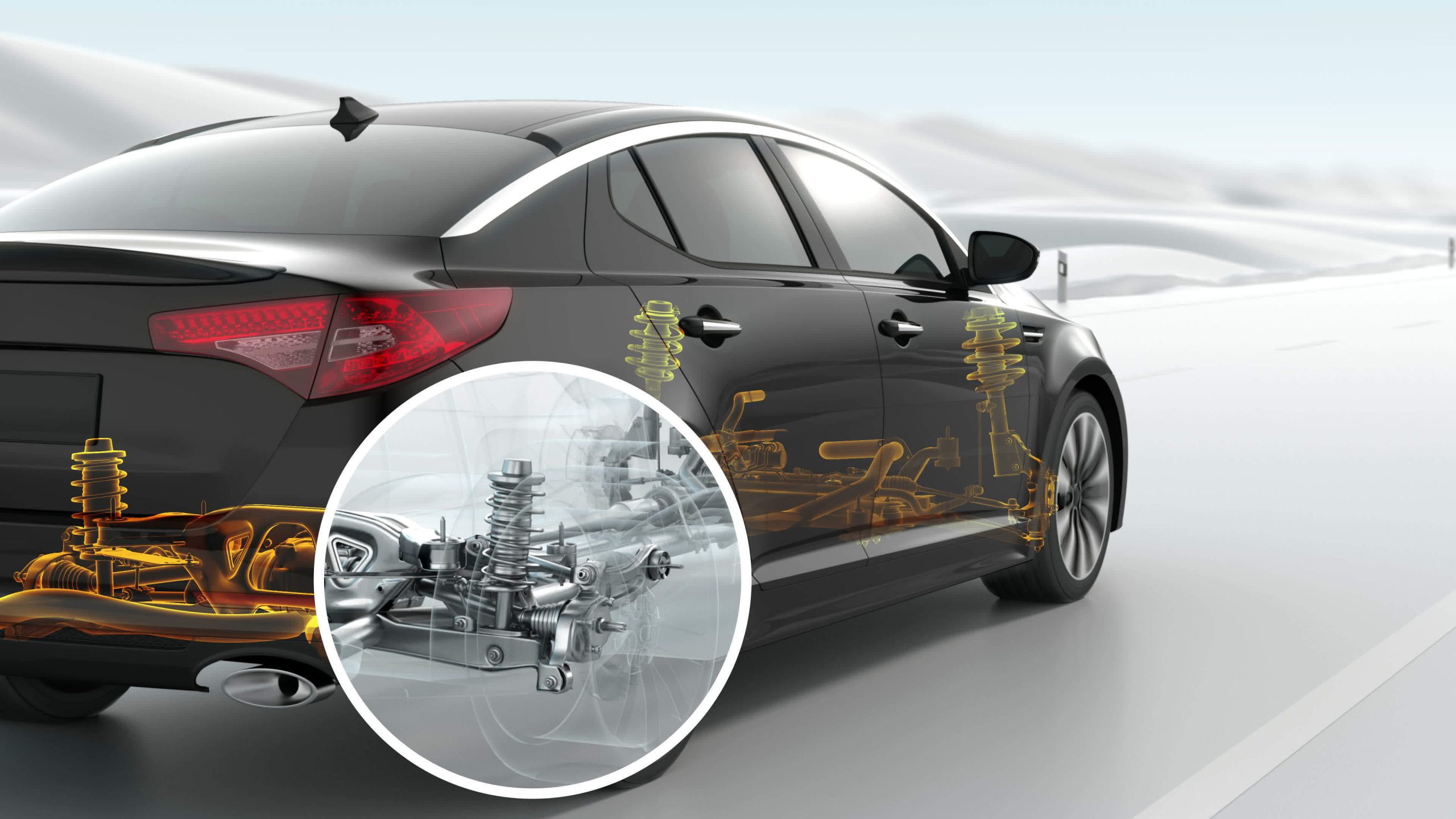Vehicle Structural Features

Vehicle Structural Features
For some people, the most important aspect of a vehicle is how well it drives. After that, they might notice some of its structural features. For other people, the structure is essential and can make the difference in which vehicle they choose to buy. However, knowing at least a bit about the structure of vehicles is important, both for making good decisions regarding their purchases and for understanding what can go wrong, while also knowing what to do about it.
Vehicles come in many different types, from small hatchbacks and smart cars to massive trucks, but they all have certain features in common. All have the appropriate number of wheels for that type of machine, whether that is four for a regular automobile like a car or van, or more for larger vehicles. In addition, all vehicles have a frame, even though the exact design of that frame can vary widely.
Development of Frames
As the Autoblog website explains, the earliest car frames were made of wood, in keeping with the use of wooden carts and wagons in the days of horse-drawn vehicles. These frames were covered with treated canvas before being painted. As the popularity of vehicles increased, automakers began to look for materials other than wood and found that steel, besides being easier to form into the right shapes, was lighter in weight.

Since then, metals have formed the basis of vehicle frames, although wood still formed parts of the structure for many years afterwards. However, the development of materials such as fiberglass changed the way vehicles were made, while new practices are still developing. As the Autoblog website explains, some vehicles are now frameless, put together piece by piece.
Despite many changes that have taken place over the years, all vehicles contain several parts in common. As Roy H. Bacon explains in his book on car structure, in the past, manufacturers set the engine, gearbox, and other parts onto the chassis. However, many vehicles now have no chassis at all, and the parts are built into the body itself.
The Drivparts website lists the basic components that make up any vehicle. These parts are the engine, battery, radiator, alternator, front axle, brakes, and the front steering and suspension. Other parts are the transmission, catalytic converter, muffler, rear axle, tailpipe, fuel tank, and rear suspension. Normally, the engine is in the front of the vehicle, under the hood, although it is in the back of some types of vehicle.
Many of the basic parts that help vehicles to run are hidden behind the metal outer shell, and the designs of the outer parts can vary widely. However, each type of vehicle has its own basic design that is similar, regardless of the model or year that it was made.
Types of Vehicles
For example, Car and Driver names some of the basic types of car, which include sedans, convertibles, hatchbacks, and more. Each type has its own unique features, such as a retractable roof on convertibles and a large door that opens at the rear of hatchbacks, giving these vehicles their name. Sports cars have a recognizably different appearance, often low to the ground and with a sleek appearance, while coupes have two doors rather than the four doors of the typical sedan.

Sport utility vehicles (SUVs) are normally taller and higher off the ground than cars, and the larger ones have three rows of seats. Normally, some of the back seats fold down for people to transport large objects inside. Minivans are even larger and have sliding doors at the side, while full-sized vans open at the sides and back. Pickup trucks normally have seating for only two or three people at the front and a large open area at the back for carrying bulky loads.
Buses are entirely enclosed but with ample open spaces inside for people to move around or even stand if necessary. Large trucks have the capacity to carry a variety of loads, depending on what is attached to the back. Each type of vehicle has a particular purpose, reflected in the structure. In addition, they all have side mirrors on the right and left sides of the vehicle, as well as headlights, taillights, signals, and everything else necessary for safe driving.
Crumple Zones and Roofs
One of the features built into modern vehicles is invisible to the driver until an accident occurs: the crumple zone. As the authors of a ScienceDirect study explain, the front sections of many modern vehicles are designed to crumple in the event of a head-on collision to help absorb some of the energy that the crash produces. If the driver and passengers had to endure the full force of any kind of major crash, they would almost inevitably be killed. However, if the front of the vehicle crumples, it absorbs some of that energy before it can reach the people inside.
The roof is another feature that can play a significant role in safety. Under normal circumstances, the roof protects vehicle occupants from the weather and from anything that might fall onto them. This aspect is especially important in an accident, when shards of glass or metal could start to fly around and potentially hit someone, or an object might fall onto the top of a vehicle. If the actual crash does not kill or injure the occupants, the objects sent flying by the force of the crash might do that.
The roof helps to protect the occupants in situations like these. According to a Consumer Reports article from April 2014, rules regarding roof strength were revised in 2009 to call for stronger roofs that could withstand a greater amount of force on them. However, the new standards are still insufficient to keep the roof from collapsing in the event of a rollover. Although rollovers happen in only about three percent of accidents, they account for about thirty percent of fatalities in passenger vehicles.
Automotive designers have incorporated many different structural features intended to help with safety or style. Knowing the benefits of each one can help drivers choose the vehicle that best suits their needs.
